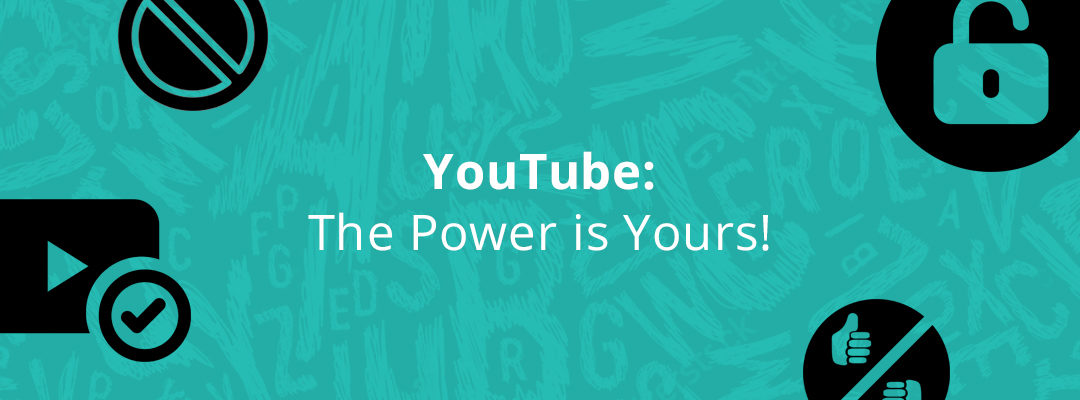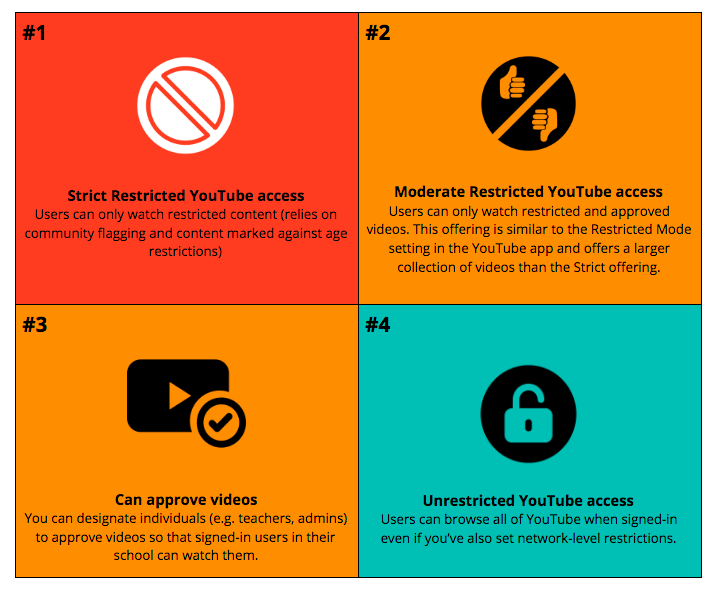I use YouTube. A lot. I’m guessing you do as well. If not, who are you? And what are you doing online?
Seriously, I’ve just completed an unofficial poll in my head which confirms that 90% of educators think YouTube is a handy tool in the classroom. Let’s assume this stat is accurate and acknowledge that whatever the ‘real’ percentage would be, there are a lot of educators who use video content to engage their students. Why? Because YouTube is full of educational material – from how to guides to Q&A’s to educational talks – there’s a lot of rich content available. The difficulty for schools is that its content isn’t only educational – there’s a lot of content ready to distract users (inappropriate or otherwise).
Google’s own research suggests that 67% of millennials agree that they can find a YouTube video on anything they want to learn* which indicates that YouTube is a go-to for students to find accessible information in a format (video) they want to engage with. It also explains why YouTube has become the second largest search engine behind Google Search (nice one-two punch Google).
In the past, the YouTube conversation I would have in schools was centered around speed and its impact on network performance – that conversation often ended with YouTube (or any video streaming service) being blocked to avoid network congestion. The Managed Network has solved this problem for schools, the conversation is no longer centered on network performance, it’s now on student safety – and rightly so.
We all know that web filtering services are designed to protect users from accessing inappropriate content. But no individual filtering service is 100% safe; ANY filtering service can always be enhanced. The good news is that YouTube/Google, know this (believe it or not they’re a smart bunch) and provide G Suite schools with the ability to restrict user access to video content that’s identified as inappropriate.
To do this, YouTube provide the following filtering options for G Suite users (learn more here):
These settings allow G Suite schools to determine the level of access their students have to YouTube content, provided the student is logged into their G Suite account. What’s more, where schools manage or own student chromebook devices, it is also possible to filter YouTube access on any internet connection the device accesses (i.e. at school, home, a friend’s place, McDonald’s – you get the idea…).
For a school to do this you need to be the schools G Suite administrator. After that, it’s actually pretty straightforward, just follow these steps:
It’s always best to make an active choice about the access you give your students. Leaving it to chance, simply won’t cut it. If you have N4L’s Web Filtering (or any other filtering service) implemented, then you’re moving in the right direction. But utilising other tools, especially free ones designed specifically to support your efforts, will enhance your school’s online safety profile.
School’s are unique and have different filtering requirements, we get this – YouTube do too. Implementing YouTube’s filtering service enables a bespoke approach to video content filtering; one that is driven by a school’s individual needs and should contribute to a wider web filtering plan.
So… allow, moderate, or block; the power is yours…
Have questions or want to discuss your filtering needs in more detail?
- Contact our N4L Help Desk: [email protected] or 0800 LEARNING
- Netsafe: https://www.netsafe.org.nz/ or call 0508 NETSAFE (0508 638 723)
*(2015). I Want-to-Do Moments: From Home to Beauty – Think with Google. Retrieved July 4, 2017, from https://www.thinkwithgoogle.com/articles/i-want-to-do-micro-moments.html



Thankyou for sharing.
Nice post.
keep it up